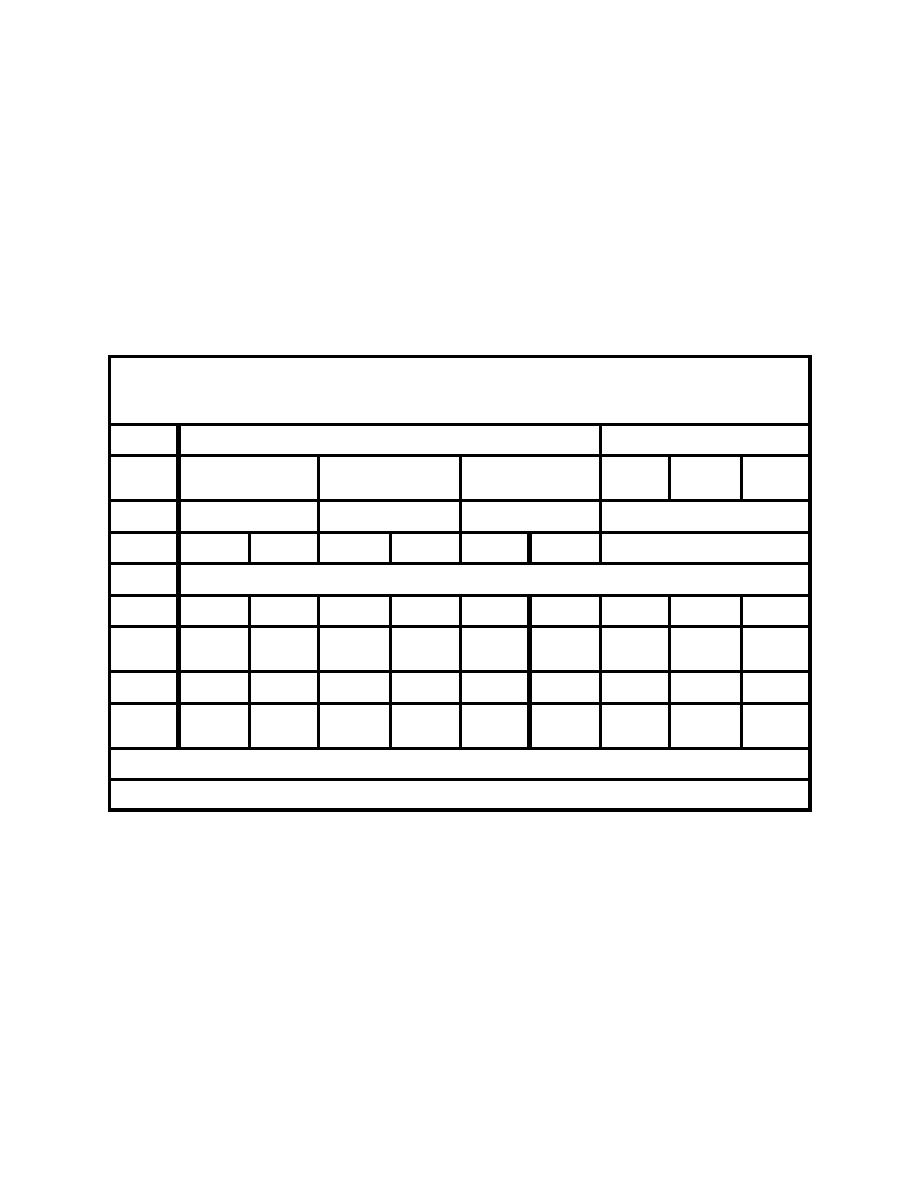
|
|

|
||
 More detailed infiltration equations include the Horton equation (Schwab et al., 1993) and the
method proposed by Green and Ampt (1911).
1.1.2 EROSION AND SEDIMENTATION
1.1.2.1 Rural Sediment and Sediment-Attached Nutrient Loading
We describe the sediment and sediment-attached nutrient loading component of the GWLF
(Haith and Shoemaker, 1987) model. The procedure is based on the erosion estimates from the
Universal Soil Loss Equation (USLE) (Wischmeyer and Smith, 1978). The method for
Table 1.1.3. Estimated Concentration of Total Nitrogen, Total Phosphorus, and Chemical Oxygen Demand
Dissolved in Runoff from Land With and Without Livestock or Poultry Manure Surface Applied1 at Agronomic
Rates.
Rainfall runoff
Snowmelt runoff
Cropping
Total N
Total P
COD
Total N
Total P
COD
condition
Manure
Manure
Manure
With
Without
With
Without
With
Without
With Manure
Parts per million
11.9
3.2
3.0
0.44
360
50
36
8.7
370
Grass
Small
16.0
3.2
4.0
0.40
170
20
25
5.0
270
grain
7.1
3.0
1.7
0.40
88
55
12.2
1.9
170
Row crop
Rough
13.2
3.0
1.7
0.20
88
55
12.2
1.9
170
plow
1
Incorporating manure in the soil would result in element concentrations the same as those for "without manure."
(after Gilbertson et al., 1979)
quantifying sediment-attached pollutant loads from watershed source area to a receiving water body is:
1.
Estimate soil loss from a unit source area using the USLE.
2.
Estimate sediment delivery to receiving water body.
3.
For event-based sediment attached nutrient loads multiply sediment delivered by the
concentration of nutrient in the eroded soil (sediment) as in equation 1.1.20.
1.1-14
|
||
 |
||